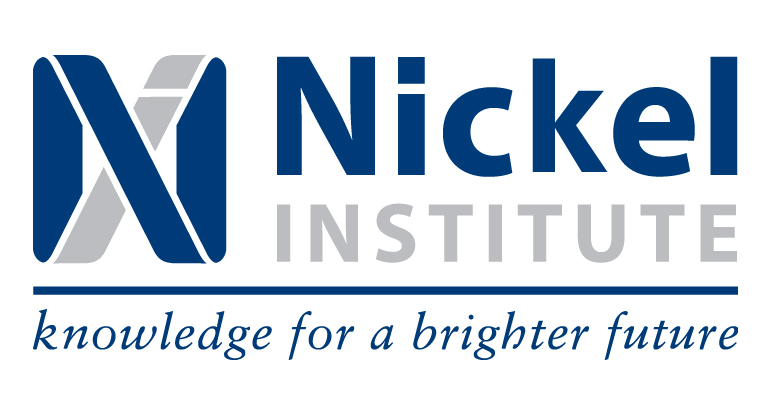RPA’s study on the selection of risk management options for the Nickel Institute has now been published
Building on its positive experiences gained in relation to the EU RMOA process, the Nickel Institute contracted RPA to undertake an assessment to explore how a select (albeit non-exhaustive) number of non-EU jurisdictions with fully developed and multifaceted chemicals management systems assess whether risk management measures are required, and if so, which options are most appropriate.
The study identified the strengths associated with the systems in place and examples of best practice. It consisted of two phases: firstly, the core analysis of selected jurisdictions (Australia, Canada, New Zealand and the USA) and an overarching analysis at the EU-wide level based on discussions with ECHA, and secondly, a more in-depth investigation of RMOA practices within individual EU Member States, through interviews with Dutch, German, Swedish and UK competent authorities (Note: at the point of interview the UK was still a Member of the EU).

The study found that a direct equivalent to the EU RMOA system does not exist in any of the four non-EU jurisdictions although they include features that resemble elements of the RMOA process. These include similarities in priority characteristics for substance selection, use of overseas data, an emphasis on stakeholder engagement, the integrated consideration of overlapping legislation when considering risk management, grouping of chemicals undergoing assessment and a flexible approach.
Whilst there are some similarities there was also a significant amount of disparity observed between the different systems, meaning that direct comparison was not possible or pragmatic. This may in part reflect the differences in the overall chemical regulatory framework of each country that are often complex and involve various authorities and government departments, and which a risk assessment system must integrate into. In light of this, it seems that there is no ‘one size fits all’ approach to risk and management and what may work in one country may not work in others.
However, this study has highlighted that there are some unique strengths and areas of best practice within each risk assessment and management system, which should be more widely promoted in order to facilitate learning amongst jurisdictions.
A link to the study can be found here.
